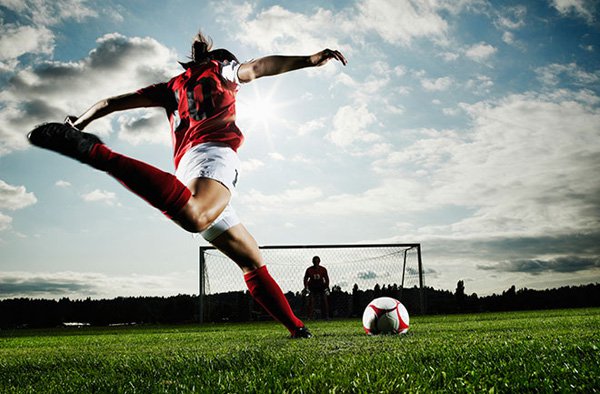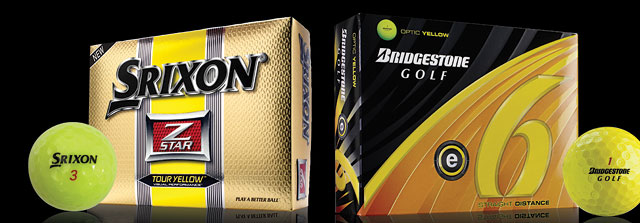How To Locate Fish In The Surf
One of the toughest problems confronting the novice in surf fishing is the one of locating the fish that venture inshore to feed. As the beginner glances up and down the miles of beach, he is likely to scratch his head and wonder where he should cast his lure or bait. To him, one section of breaking waves and water looks very much like any other, and he finds it difficult to choose the best spot for fishing.
Unfortunately for the newcomer, however, the ability to choose the best fishing spots in the surf takes time to acquire. Through years of trial and error the seasoned surf anglers have learned which spots are the most productive and which ones to ignore. But the beginner may spend hours fishing a barren spot. What to do about it?
You can obtain information on the hot surf-fishing spots from friends and fishing-tackle dealers. If you have a surf-fishing buddy make a mutual agreement to keep each other informed when and where you catch fish in the surf. Or drop around to the local fishing-tackle store and talk to either the owner or surf anglers who have been out fishing.
Many surf anglers come into the local store to weigh a big fish or buy a lure or line. The dealer gets a good idea of the spots that are producing fish and is glad to pass this information on to his customers.
The beginning surf fisherman often has a favorite way of locating the best fishing spots. He goes down to the beach and looks for other anglers. If he sees a line of surf anglers he joins them in the belief that they are fishing the best spot. This may or may not be true.
If the anglers are catching fish or have caught fish at that spot recently then it's a good idea to join them. But if no fish are being caught you may be wasting your time fishing there. You can often do better by finding a less crowded spot. In fact, even if a few fish are being caught at the time you can still increase your chances by trying a different location where there is less competition.
Surf fish such as striped bass, bluefish, channel bass, weak-fish and others often move fast. They may be present and active in a certain area and then, in a matter of minutes, disappear. So when these species are moving in large schools and actively feeding on smaller bait fish, the best way to locate them is to look for birds, especially gulls and terns, diving and wheeling over the water. This usually indicates that larger game fish down below are driving the bait fish to the surface.
When the birds are within casting distance, it's always a good idea to cast a metal squid or surface plug into the commotion. If there are big fish feeding, the chances are good that you will get a strike. But even if the birds are outside of casting range or merely sitting on the water, it pays to keep an eye on them.
If the bait fish move in to shore, the birds and game fish will follow and you'll often be able to reach them. On many occasions, I've spent many hours during the day watching gulls and terns wheeling and diving too far offshore to reach with a cast. However, toward dusk, the bait fish often headed inshore and then there would be fast action as the bigger fish followed them right up to the beach.
Sometimes you don't see any birds working, but you will either see small bait fish skipping or leaping out of the water or you will see a big fish slap the water with its tail or swirl as it chases a smaller fish. In either case it's an indication that fish are present and feeding. Then it's up to you to find the lure that they want.
It can be fun fishing in the surf, and following these guidelines, it can be rewarding too!
Bass Fishing Origins And Methods
Know How To Handle A Rod And Where The Fish Are


